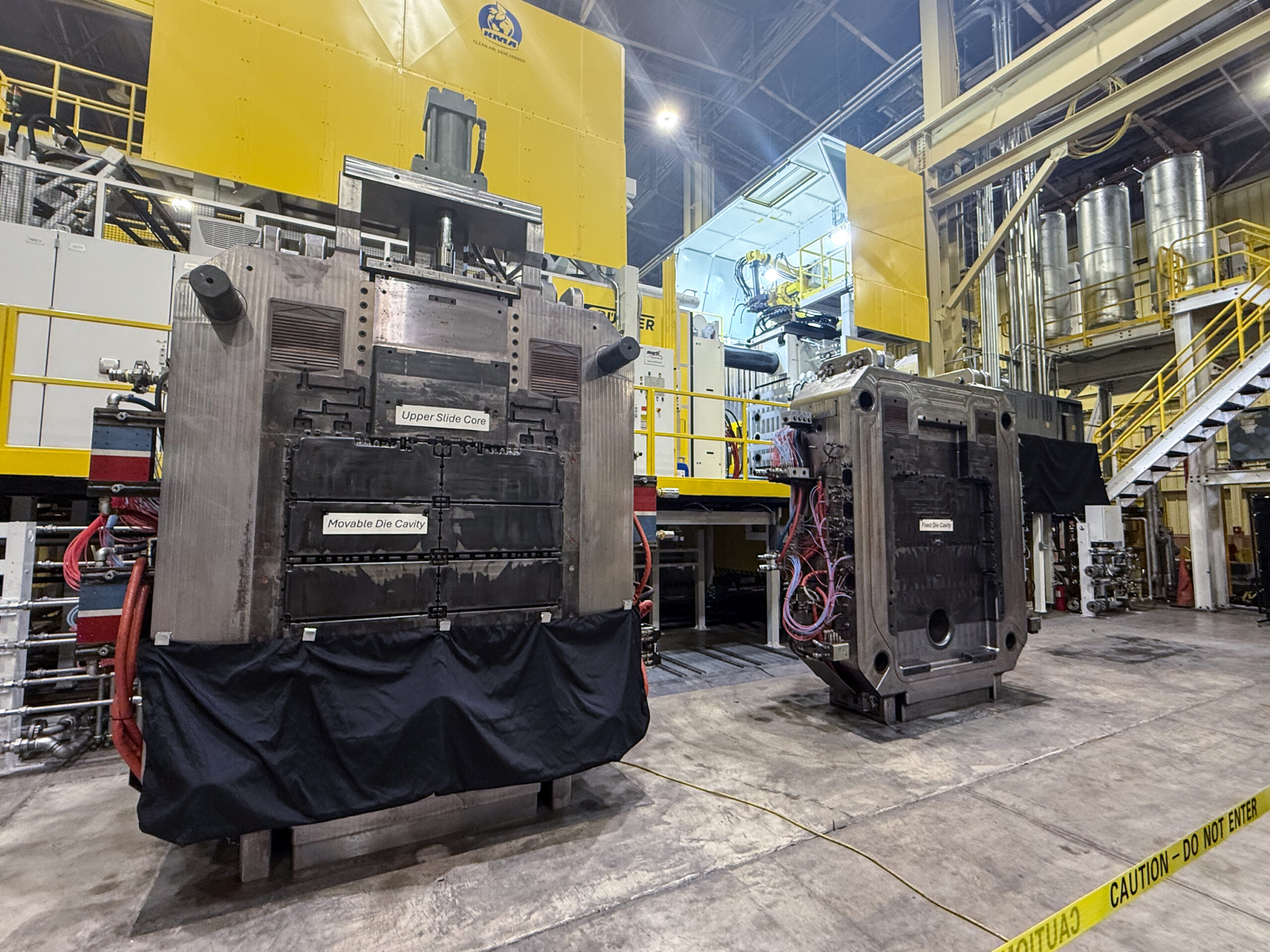ANNA, OHIO—Honda’s Anna Engine Plant has changed a little since I last visited. As we wound our way past the four-cylinder production line, the green-painted scaffolding and overhead gantries gave way to a more open expanse of the cavernous building. Conveyor belts have been replaced by little robots that move pallets around, and bright LED lights illuminate the yellow-painted walls. In the middle of it all is a series of massive 6,000-ton presses, newly installed to cast the battery packs of Honda’s next US-made electric vehicles.
A little more than an hour outside of Columbus, the Anna Engine Plant started building engines for the Goldwing motorcycle, something that would have been of deep interest to me and all the other schoolchildren who were obsessed with what seemed like the world’s most excessive two-wheeler.
That was forty years ago, and in the intervening years, the factory has expanded to encompass 2.8 million square feet (260,000 m2), where 3,000 people build four- and six-cylinder engines for the Hondas and Acuras people drive here in the US. Ars was last there in 2020, back then because it was hand-building the twin-turbo V6 engines for the Acura NSX, which was assembled just down the road.
Jonathan Gitlin
One of the six massive die casting machines is in the background.
Jonathan Gitlin
Jonathan Gitlin
Robots do most of the handling.
Jonathan Gitlin
Jonathan Gitlin
Here, the two halves of the case are welded together.
Jonathan Gitlin
Robots do most of the handling.
Jonathan Gitlin
Here, the two halves of the case are welded together.
Jonathan Gitlin
The large castings for the battery packs are the opposite of handmade—human hands don’t come close while the various robots do their thing.
The massive presses each make one half of the battery case, and the size of the front half can be changed to make medium-sized and large EV battery packs. Once both halves are cast and the parts are acceptable, robots finish the surfaces that are expected to touch other components, with minimal use of a lubricant that Honda says has cut energy use significantly.
